Blog Series Back to School for New ESL and Multilingual Learner Teachers
Episode #4 Building Strong Family Partnerships in ESL: Tips, Tools, and Back-to-School Brochures
***Disclaimer: In this blog, the terms ESL students (English as a Second Language), ELLs (English Language Learners), and ML (Multilingual Learners) are used interchangeably. While “Multilingual Learners” is becoming the more widely accepted term, “ESL students” and “English Language Learners” are still commonly used in various contexts. My aim is to be inclusive and clear to all readers, regardless of the terminology they are familiar with.
Establishing strong family partnerships is one of the most impactful steps you can take at the beginning of the school year—especially when working with multilingual learners. For many ESL families, school systems in the U.S. may feel unfamiliar, and language barriers can make communication feel intimidating or inaccessible.
When educators take the time to build trust and clearly communicate with families, they create a bridge between home and school that supports student achievement, language development, and emotional well-being.
Research consistently shows that parental involvement is a critical factor in students’ academic success, particularly for English learners (Henderson & Mapp, 2002). When families understand how the ESL/ENL/ELD program works, how their child is supported, and how they can contribute, they’re more likely to stay engaged and advocate for their child’s needs throughout the year.
Strategies for Strong Parent Partnerships
1. Use a Welcome Brochure
That’s why starting with welcoming, multilingual communication during Back-to-School Night, Parent Orientation, or Open House is essential. Something as simple as a friendly, well-designed ESL Parent Brochure—with translated greetings, helpful program explanations, and links to community resources—can make families feel seen, valued, and included from the very first day.
In my own classroom, I use an ENL Meet the Teacher Brochure that helps families understand who I am, how their child will be supported, and where they can go for help. I also create a display with “hello” signs in each student's home language, and I invite families to ask questions or share more about their cultural and linguistic backgrounds. These small gestures send a big message: “We’re in this together.”
When you lay this foundation early, it sets the tone for a collaborative, trusting relationship that will benefit your students all year long.
What I love most is how easy it is to personalize. Whether you prefer typing into the editable PowerPoint or handwriting on the PDF, it’s flexible to fit your school's needs. This tool helps me establish strong, positive home-school communication right from the start—and it’s something parents truly appreciate.
2. Celebrate Linguistic Diversity
Multilingual “Hello” posters may seem simple, but they send a powerful message: You belong here. Displaying greetings in your students' home languages affirms their identity, fosters inclusion, and helps create a welcoming classroom environment.
This small gesture builds trust, promotes language awareness, and makes families feel seen and valued. It also encourages curiosity and respect among all students—laying the foundation for a culturally responsive, community-centered classroom.
Tip: Involve students in creating the signs, and display them near your door or hallway bulletin board for maximum visibility and impact.
3. Invite Participation from ELL Families
Building strong relationships with multilingual families means going beyond just sharing information—it's about creating opportunities for two-way engagement. When families feel empowered to contribute, they become valued partners in their child’s education.
Offer Language Access:
Provide translators or bilingual staff during parent-teacher conferences, orientations, and school events. This ensures that parents understand important information and feel comfortable asking questions or voicing concerns. For example, during Back-to-School Night, arrange for an interpreter to explain the ENL program and answer questions in families’ preferred languages.
Send Home Culturally Responsive Surveys:
Distribute short surveys in multiple languages at the start of the year. Ask about families’ communication preferences, home languages, cultural traditions, and what they’d like you to know about their child. This information can guide your teaching and help personalize student support.
Celebrate Cultures in the Classroom:
Creating a culturally responsive classroom begins with connection. We actively invite families to share meaningful aspects of their heritage—such as stories, recipes, holidays, and music—either in person or through photos and videos. One family might demonstrate a traditional dance, while another might provide a favorite recipe for students to read and discuss. These shared experiences enrich learning and build community.
Here are a few of the ways we celebrate and include all families:
- Family Culture Week – Students create posters or bring in cultural objects from home with family support.
- Classroom Recipe Book – Each family contributes a favorite dish, with translations as needed.
- Language of the Month – Families help teach greetings, songs, or simple phrases in their home language.
- Heritage Night & Talent Show – A fun, community-building event where students and families share music, dance, or performances representing their cultures.
- EL Family Potluck – Families are invited to bring food to share or simply come and enjoy a meal together, celebrating our shared community.
Why It Matters:
When families see their languages and cultures reflected and celebrated at school, trust grows. Students thrive both academically and socially when their identity is acknowledged and valued. These activities promote storytelling, reading, and discussion in the primary language, which supports vocabulary development, conceptual understanding, and helps preserve the home language and culture. This kind of partnership fosters a sense of belonging and sets the stage for ongoing collaboration and student success throughout the year.
4. Free ESL resources
There are many free and valuable resources available through your school district, public library, and online that can support multilingual learners and their families. It's worth taking the time to gather and organize these before Back-to-School Night or Parent-Teacher Conferences.
Adult ESL Classes:
Many school districts and community libraries offer free ESL classes for adults. Before family events, I research what’s available locally and provide families with the phone numbers or websites they need to register. This not only supports parents’ language development but also strengthens the home-school partnership.
Free websites for parents to learn English include: www.usalearns.org, www.tv411.org www.rachelsenglish.com. For citizenship resources, go to www.uscis.gov/citizenship
Online Tools & Websites:
I share curated lists of free educational websites parents can use to support their children’s learning at home. These might include literacy games, global storybooks, or bilingual content glossaries.
Bilingual Glossaries & Cognates from NYU Steinhardt:
One of my favorite resources to share is the collection of Bilingual Glossaries and Cognates from the NYU Metropolitan Center for Research on Equity and the Transformation of Schools. These glossaries are designed to support ELLs/MLLs across content areas and are available in the top ten languages spoken across New York State, with new ones added as needed.
These glossaries:
- Are aligned with state-mandated test accommodations
- Cover subjects like ELA, Math, Science, and Social Studies
- Help students access academic content in both English and their home language
- Can be printed and shared with students, families, and teachers
Once I know the students’ home languages and grade levels, I print the appropriate glossaries and provide them to content-area teachers (e.g., the science glossary goes to the science teacher). I also teach students how to use them and revisit them throughout the year to build academic independence.
When families feel included and informed, students benefit.
Would you like to try my FREE version of the ESL Parent Nigh Brochure?
Would you like to receive more tips, trick and FREEBIES? Click below!
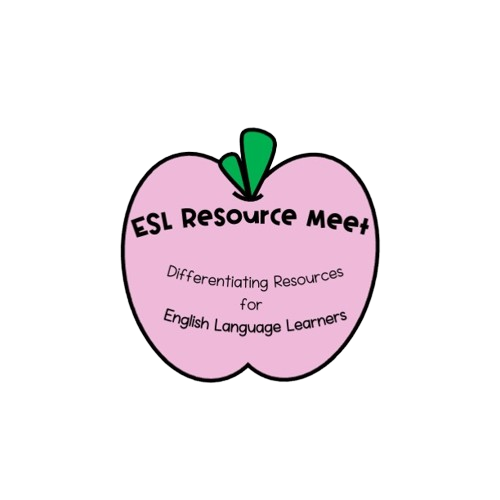

















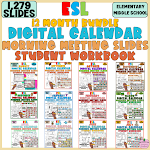




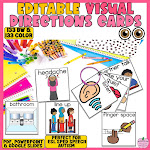




































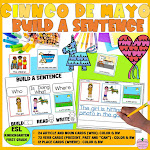







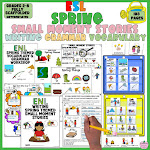




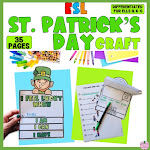
















































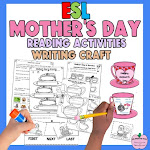
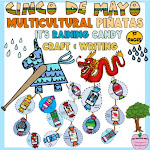
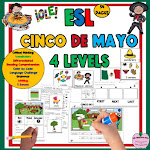
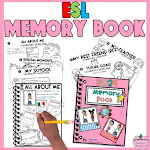




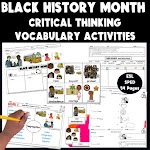



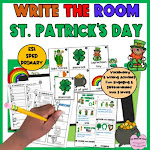
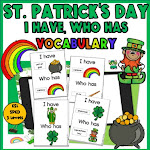
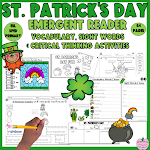



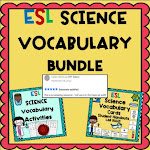




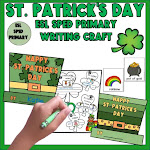

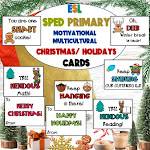


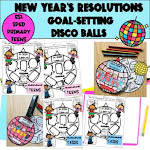
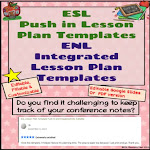




0 Comments